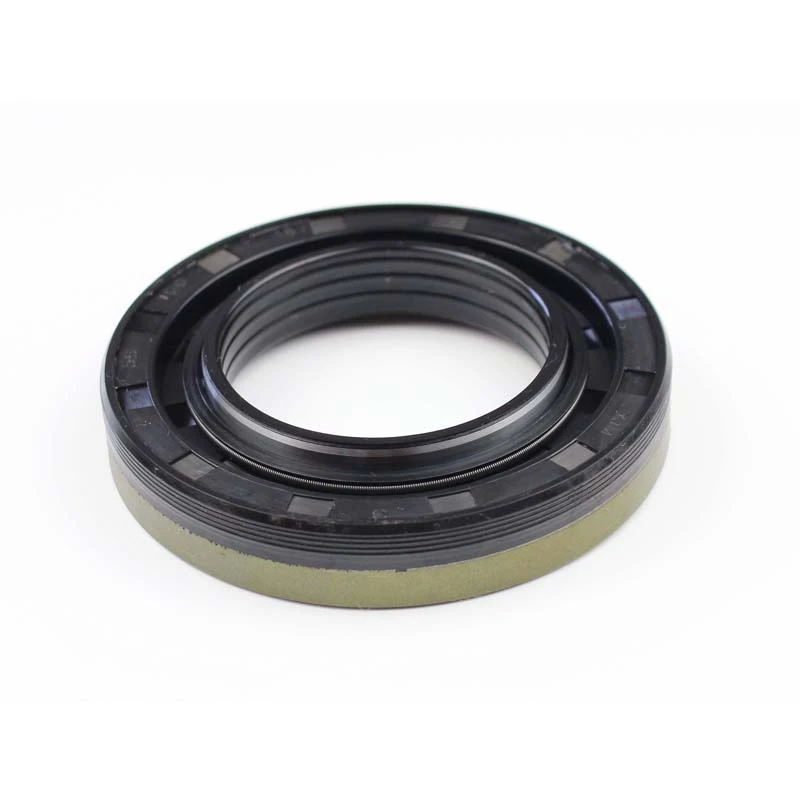Pulley Oil Seal Replacement Guide for Improved Vehicle Performance and Longevity
Understanding Pulley Oil Seals Function and Importance
Pulley oil seals, often referred to as lip seals or shaft seals, play a crucial role in the functionality and longevity of various mechanical systems. These seals are designed to prevent the leakage of lubricants from the pulley and keep contaminants, such as dust and dirt, from entering the system. They are commonly found in applications involving rotating parts, such as engines, gearboxes, and motor assemblies.
What is a Pulley Oil Seal?
A pulley oil seal is a type of sealing device utilized in machinery where a pulley shaft rotates. It typically consists of a rubber or elastomeric outer part that fits snugly into a housing, and a metal casing that provides strength and rigidity. The design includes a flexible lip that makes contact with the shaft, creating a barrier that prevents oil leakage while allowing for the necessary rotation.
Functions of Pulley Oil Seals
1. Leak Prevention One of the primary functions of a pulley oil seal is to prevent the loss of lubricants. Oils and greases are vital for reducing friction between moving parts, and any leakage can lead to increased wear and tear, ultimately resulting in equipment failure.
2. Contamination Barrier Pulley oil seals also act as a barrier against external contaminants. Dust, water, and other particles can severely damage internal components if they enter the system. The seal's design helps to maintain a clean environment, protecting the integrity of the machinery.
pulley oil seal

3. Pressure Management In many applications, maintaining specific pressure levels is essential for optimal performance. Pulley oil seals help to manage internal pressure by holding lubricants in while preventing the escape of gases.
Importance in Mechanical Systems
Without proper sealing, the performance and lifespan of mechanical systems can be significantly compromised. A leaking oil seal can lead to reduced lubrication, leading to overheating, increased friction, and premature failure of parts. Moreover, contamination can result in catastrophic damages requiring costly repairs or replacements.
Regular inspection and maintenance of pulley oil seals are crucial. Signs of wear, such as cracks or flat spots on the sealing lip, can indicate that the seal is no longer effective. In such cases, replacing the seal promptly can save substantial costs in repairs and downtime.
Choosing the Right Pulley Oil Seal
When selecting a pulley oil seal, it is essential to consider factors such as the operating environment, temperature, and type of lubricant used. Different applications may require specific materials or designs to ensure optimal performance. Consulting with manufacturers or industry experts can help in finding the right seal that meets the requirements of your particular use case.
In conclusion, pulley oil seals are vital components that contribute significantly to the reliability and efficiency of mechanical systems. By preventing leaks and protecting against contamination, they play an indispensable role in ensuring that machinery operates smoothly and effectively. Regular maintenance and timely replacement of these seals can go a long way in prolonging the life of your equipment and reducing maintenance costs.
-
Simplifying Oil Changes: A Comprehensive Guide to Oil Drain Plugs and Their Variants
News Aug.04,2025
-
Mastering Oil Drain Maintenance: Solutions for Stripped, Worn, and Upgraded Oil Plugs
News Aug.04,2025
-
Fixing Oil Pan Plug Issues: Leaks, Stripped Nuts, and the Right Replacement Solutions
News Aug.04,2025
-
Everything You Need to Know About Oil Drain Plugs: Sizes, Fixes, and Upgrades
News Aug.04,2025
-
Choosing the Right Oil Drain Plug: A Guide to Sizes, Materials, and Drain Innovations
News Aug.04,2025
-
A Complete Guide to Automotive Drain Plugs: Types, Problems, and Innovative Solutions
News Aug.04,2025
-
The Ultimate Guide to Car Repair Kits: Tools and Essentials Every Driver Should Own
News Aug.01,2025
Products categories















